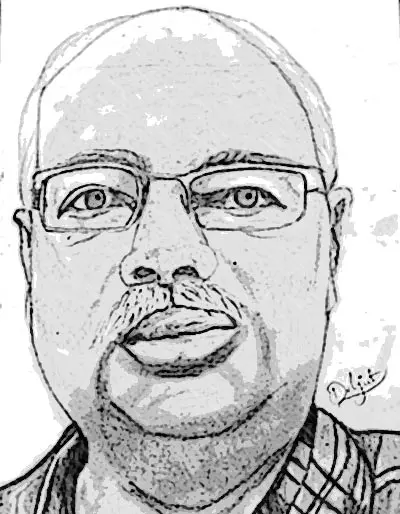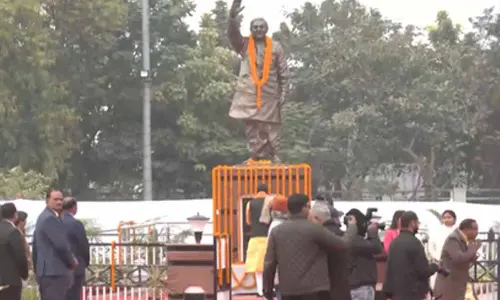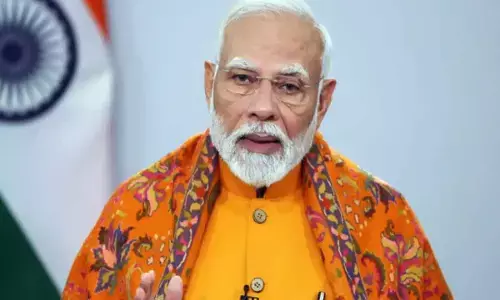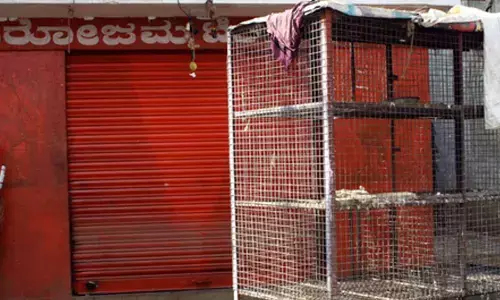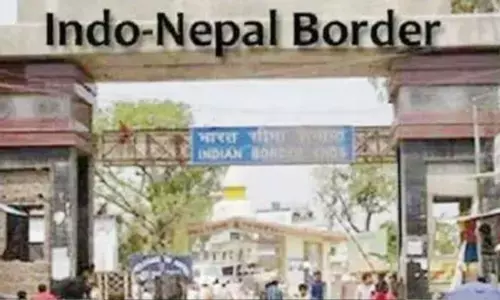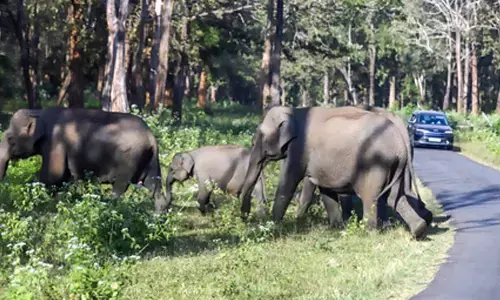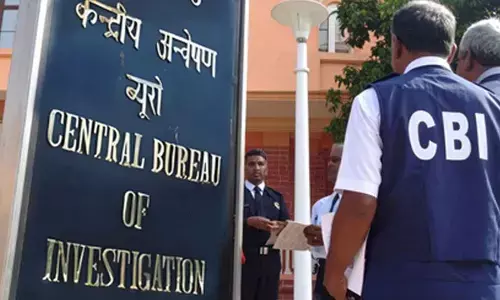AAP’s Toughest Battle Yet
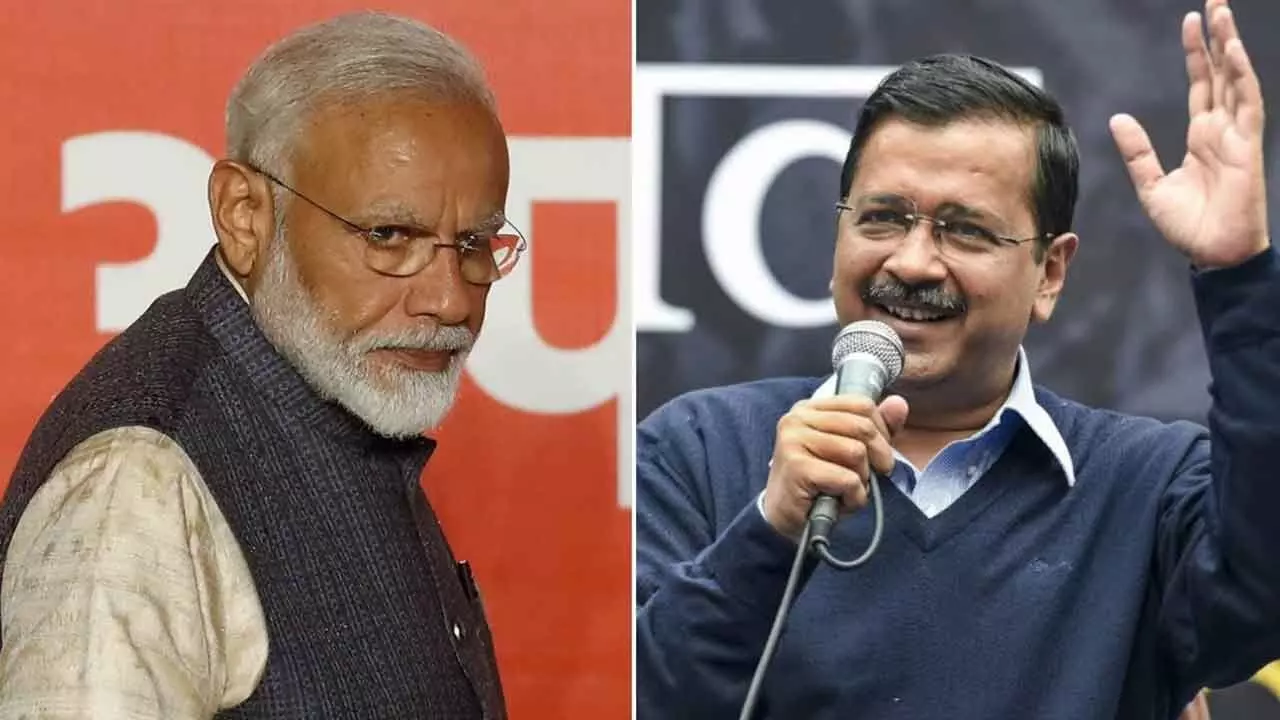
Prime Minister Narendra Modi vows: “Aapda (AAP) nahi sahenge, badal kar rahenge” National issues play a significant role in Delhi elections. Buoyed by its victories in Haryana and Maharashtra, as well as a strong showing in the Delhi Lok Sabha elections, BJP will emphasise the need for better infrastructure and housing policies, particularly in the context of increasing demand for affordable homes. AAP will highlight its policies of free water, subsidised electricity, and welfare-oriented programs aimed at making the city more livable for its residents. As AAP has been in power for a decade, it faces anti-incumbency and corruption allegations. But will the BJP be able to replicate its success from the 2019 Lok Sabha elections in Delhi, especially with the entire RSS apparatus mobilising for the campaign and several NDA allies planning to contest elections across the city?
“Delhi Dil Walon Ki, Delhi Shahar Walon Ki.” People in Delhi love their Kachodi served with ghee, sabji, and a dash of hing (asafoetida) for that extra flavor. But the real question now is: what will be the ‘Election Tadka’ in Delhi?
Delhi’s political landscape is unique, and the upcoming elections will have a significant impact on its future. The battle for power in the city has been fierce, with the primary contenders being the Aam Aadmi Party (AAP) and the Bharatiya Janata Party (BJP). The Indian National Congress (INC), on the other hand, is still on the sidelines, preparing for a lonely political battle. Its main campaign leader Rahul Gandhi is yet to return from his New Year holiday in Vietnam (or wherever he is).
The ruling AAP describes this contest as a battle between “Kaam ki Rajneeti” (politics of work) and “Gaali Ki Rajneeti” (politics of abuse). The BJP is pulling out all the stops in its attempt to reclaim power in Delhi, focusing on its slogan “Parivartan” (change).
The BJP has launched a targeted campaign against the Arvind Kejriwal-led AAP, accusing it of corruption. Buoyed by its victories in Haryana and Maharashtra, as well as a strong showing in the Delhi Lok Sabha elections, the BJP is relying heavily on the popularity of Prime Minister Narendra Modi. Modi, in particular, has coined the term “Aapda” (disaster) to launch a blistering attack on the ruling party, with his clarion call, “Aapda (AAP) nahi sahenge, badal kar rahenge” (We won’t tolerate the disaster; we’ll bring change).
But will it be that simple? Delhi is a complex city. AAP has a solid base in slums, minority-dominated areas, and unauthorised colonies, especially in lower-middle-class localities. Meanwhile, BJP has yet to unveil its electoral promises, while AAP has announced several initiatives, such as honorariums for women priests, an increase in the monthly grant for non-taxpaying women to Rs 2,100 if re-elected, and healthcare coverage for all Delhi voters over the age of 60 at government and select private hospitals.
Accused of being anti-Sanatani, AAP has shifted towards “soft Hindutva,” promising Rs 18,000 in monthly compensation for temple priests and gurdwara granthis. Many in AAP have acknowledged that the February 2025 polls are likely to be their “toughest yet.” AAP is also emphasising its achievements in education and healthcare. It highlights the establishment of Mohalla Clinics and the transformation of government schools as evidence of its commitment to public welfare. The party is promising to continue investing in these sectors, with better services and ongoing reforms.
On the other hand, the BJP is pointing to AAP’s failure to address urban issues such as traffic congestion, pollution, and the lack of affordable housing. BJP is promising to focus on infrastructure development, ensuring public safety and security. It also argues that AAP’s claims of modernising schools are more on paper than in reality. However, BJP has yet to present concrete promises to Delhi’s citizens. The only major issue the BJP and PM Modi have emphasised is the controversy over the ‘Seesh Mahal,’ the Rs 85 crore renovation of the former CM Arvind Kejriwal’s official residence.
As AAP has been in power for a decade, it faces anti-incumbency and corruption allegations. But will the BJP be able to replicate its success from the 2019 Lok Sabha elections in Delhi, especially with the entire RSS apparatus mobilising for the campaign and several NDA allies planning to contest elections across the city?
In the previous elections, Congress performed surprisingly well despite its reduced presence. When AAP and Congress had contested in alliance, they managed an impressive 43.1% vote share. However, since then, AAP has steadily eaten into Congress’s voter base, pushing the grand old party to the third place, with just 24.5% of the votes and eight seats. In the subsequent 2015 and 2020 Assembly elections, Congress’s vote share fell to 9.7% and 4.3% respectively, while AAP won massive mandates with 54.6% and 53.6% of the vote share.
The 2025 Delhi Assembly elections will also bring to light the contradictions within the opposition alliance, as parties like the Trinamool Congress (TMC), Shiv Sena (UBT), and Samajwadi Party (SP) have expressed their support for AAP, which is aiming for a third consecutive term.
Delhi has 1.55 crore voters — 83.49 lakh men, 71.74 lakh women, and 1,261 transgender persons. The city also has 25.89 lakh young voters, 2.08 lakh first-time voters, and 830 voters over the age of 100. Despite a decline in the number of seats for BJP over the past decade, its vote share has steadily improved — 33.1% in 2013, 32.2% in 2015, and 38.5% in 2020. While the BJP has been the principal opposition in Delhi for years, it has seen success at the municipal level. The party has controlled the Municipal Corporation of Delhi (MCD) for over a decade and remains a significant force in the city’s political scene.
BJP continues to accuse the AAP government of failing to maintain law and order, especially with rising crime rates in the capital. AAP, on the other hand, points to its efforts in strengthening police infrastructure and introducing reforms within the police force.
Urbanisation, lack of affordable housing, and issues related to urban slums are expected to dominate discussions on urban development. BJP’s campaign will emphasise the need for better infrastructure and housing policies, particularly in the context of increasing demand for affordable homes. AAP, meanwhile, will highlight its policies of free water, subsidized electricity, and welfare-oriented programs aimed at making the city more livable for its residents.
National issues also play a significant role in Delhi elections. BJP is likely to leverage its alliance with the central government to highlight issues of national security, economic growth, and the achievements of Prime Minister Narendra Modi’s government. Ultimately, the outcome of the 2025 Delhi Assembly elections will hinge on how effectively each party addresses the growing demands and aspirations of Delhi’s diverse citizenry.

